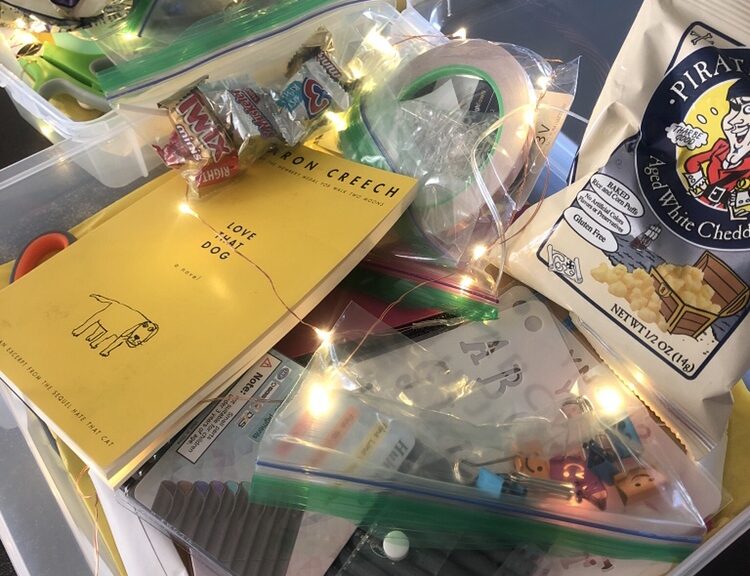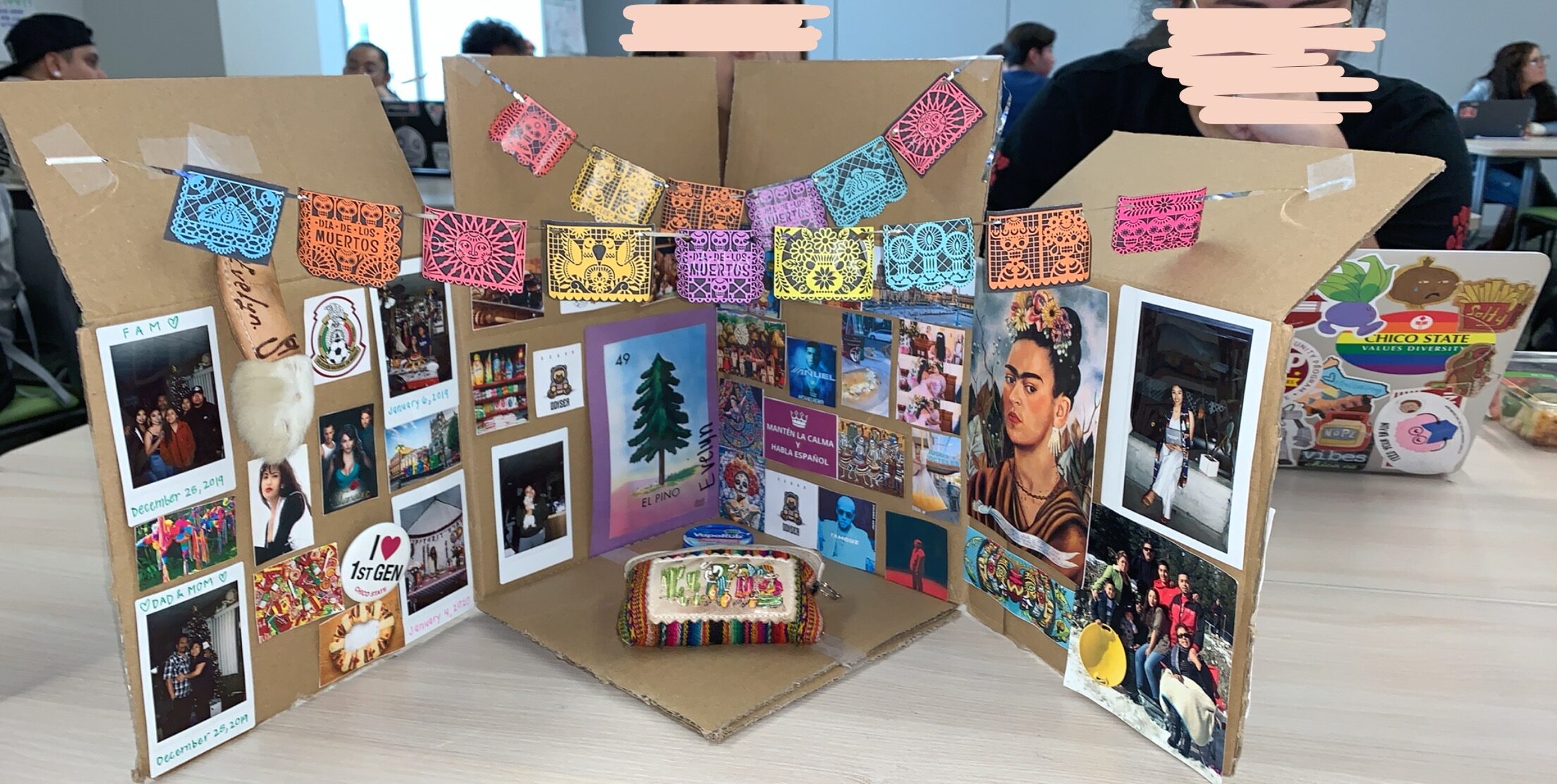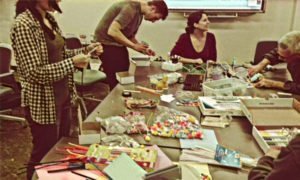
Session 3: Student Ideas
Plans for Session 3: Student Ideas & Ways of Knowing (Oct 14)
“Some few years ago I was looking about the school supply stores in the city, trying to find desks and chairs which seemed thoroughly suitable from all points of view–artistic, hygienic, and educational–to the needs of the children. We had a great deal of difficulty in finding what we needed, and finally, one dealer, more intelligent than the rest, made this remark: ‘I am afraid we have not what you want. You want something at which children may work; these are all for listening.’ … there is very little place in the traditional schoolroom for the child to work. The workshop, the laboratory, the materials, the tools with which the child may construct, create, and actively inquire, and even the requisite space, have been for the most part lacking.”
— John Dewey, The School and the Life of the Child, 1900
Writing into the day: As we join the Zoom session, we’ll write briefly in our Currents Community in response to this idea: How do students demonstrate what they know in your class? What do your students do or make? When do they share their ideas or make meaning with the ideas in the class?
 Link to Kim’s slides: Making as an Epistemic Practice
Link to Kim’s slides: Making as an Epistemic Practice
We’ll share ideas from our writing and Kim’s examples to think about the range of ways we can support students, perhaps beyond the discussion post and the quiz.
Dr. Wade’s example of supporting class discussion in Zoom.
Questions and prep for next time…Wednesday, Oct 21: How do we support the reading and writing practices in our disciplines? We’ll read in Perusall together too: Jenni Nelson’s “Reading Classrooms as Text: Exploring Student Writers’ Interpretive Practices”
Additional Resources:
Dr. Serena Hicks and Kim Jaxon discuss course design and the role of technology in the now times. We do a lot of unpacking of a blog I wrote at the beginning of the semester too.
Listen on the edmoves website
Kate Pahl and Jennifer Rowsell’s Artifactual Literacies: Every Object Tells a Story. TCPress, 2010.
Thinking about opportunities for student choice:
- Think of an assignment and consider where students could exercise more choice in how they approach some portion of the task: the materials, the product, the mode of production, the distribution, etc? Where might they have control?

- Ask students to write you a memo, explaining their composing choices, what worked, what concerns they have, where they struggled with the assignment, what feedback they would like from the teacher or peers. After revising, ask students to write another memo that explains how they worked with the feedback, including an explanation for what they did not change (similar to what we might say to a journal editor; I show students example emails from editor exchanges.)
- Read Jody Shipka’s “A Multimodal Task-Based Framework for Composing” (excerpt below)
- Jaxon’s “Amplifying Student Voice Through Digital Resources”
- Sylvia Pape’s Literacy of a Home (example student project)
From Shipka: “Instructors working within this framework are still responsible for designing tasks in accordance with course goals and objectives. Yet, again, rather than predetermining the specific materials and methodologies that students employ in service of those goals, tasks are structured in ways that ask students to assume responsibility for attending to the following:
- the product(s) they will formulate in response to a given task—this might take the form of a printed text, a performance, a handmade or repurposed object, or, should students choose to engineer a multipart rhetorical event, any combination thereof
- the operations, processes, or methodologies that will be (or could be) employed in generating that product—depending on what students aim to achieve, this might involve collecting data from texts, conducting surveys, interviews or experiments, sewing, searching online, woodworking, filming, recording, shopping, staging rehearsals, etc.
- the resources, materials, and technologies that will be (or could be) employed in the generation of that product—again, depending on what they aim to achieve this could involve, paper, wood, libraries, computers, needle and thread, stores, food, music, glue, tape, etc.
- the specific conditions in, under, or with which the final product will be experienced—this involves determining or otherwise structuring the delivery, reception, and/or circulation of their final product.”
